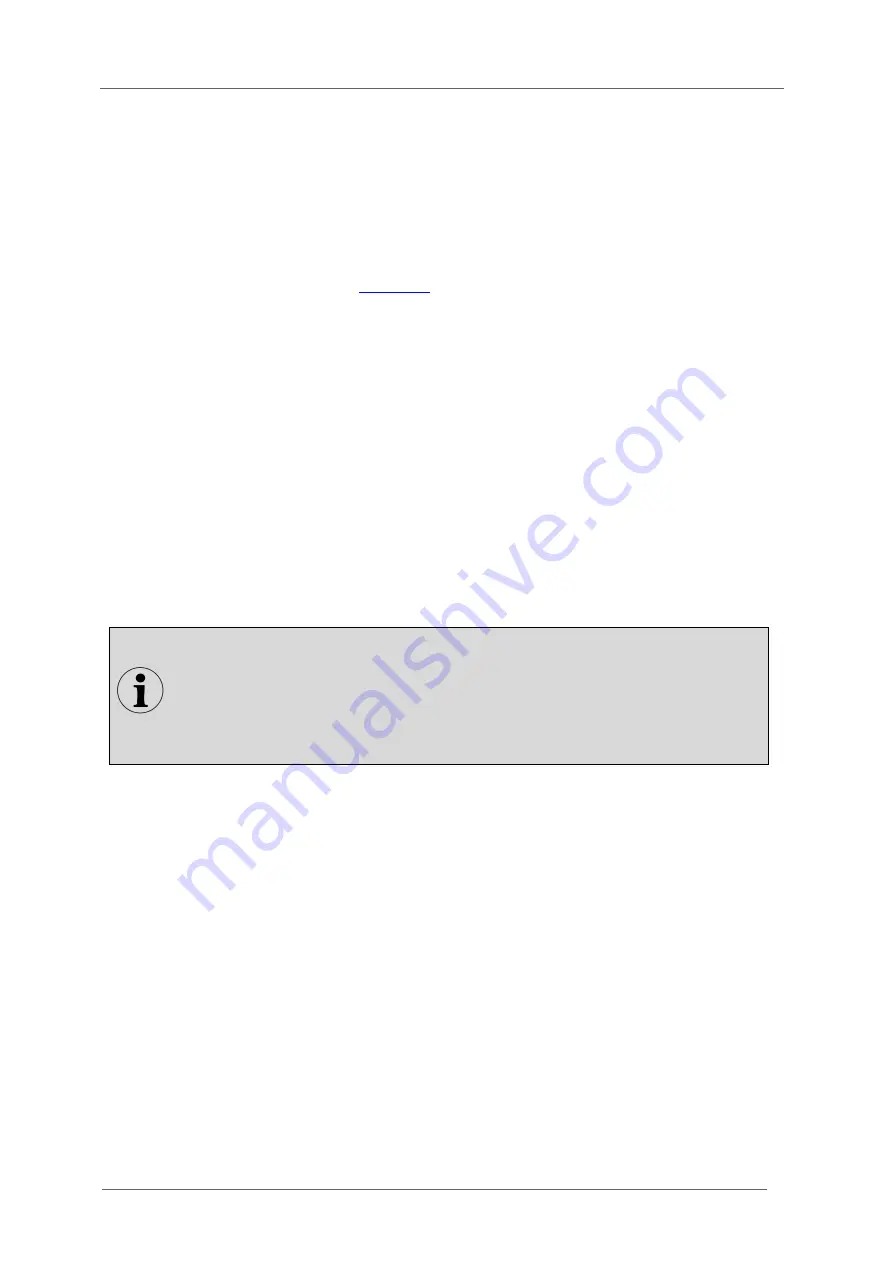
Functional description
Page 12 of 72
MSM-USM2G-BA-UK-004
3.5 Protocol interfaces
For communication to superior or inferior systems (e.g. SCADA or PLC) the USM provides one or two
interface cards. Both interface cards contain the following interfaces:
Card 1 (standard)
1 x LAN - Ethernet / RJ45 (Parameterization, diagnosis and protocol interface)
1 x COM - RS232 / pluggable terminal (serial protocol interface)
2 x USB-A
1 x CAN-Bus / RJ45 (System bus for connecting expansion modules or setting up fault alarm
cascades) - see also section
1 x USB-B (factory interface) diagnostic interface
Card 2 (optional)
1 x LAN - Ethernet / RJ45 (protocol interface)
alternatively
1 x optical interface Multimode 50-62,5/125
μm @1300 nm;
Connector SC (according to standard IEC 60874-13) (protocol interface)
1 x COM - parameterizable RS232 or RS485 / pluggable terminal (serial protocol interface)
Using the protocol interfaces, the fault annunciators can be connected via the following protocols:
Modbus RTU/TCP (fault annunciator is a Modbus slave)
IEC 60870-5-101 (fault annunciator is an IEC server)
IEC 60870-5-104 (fault annunciator is an IEC server or client)
IEC 61850 (fault annunciator is an IEC server) optional
A fault annunciator with the IEC 60870-5-101/104 interface operated as a server can
establish a connection to a maximum of 4 clients (multilink). As an IEC client, the
IEC-104 annunciator can establish connections to a maximum of 32 servers. The
combination of several of the above mentioned protocols in one fault annunciator is
possible. Communication via IEC 61850 is only available on one network interface,
regardless of the total number of interfaces of the annunciator.



























